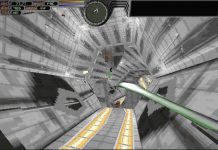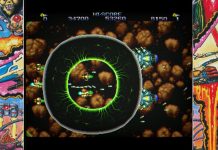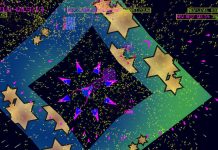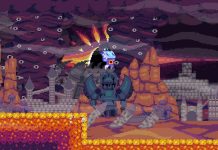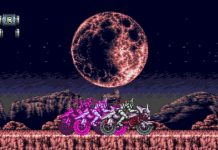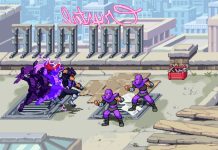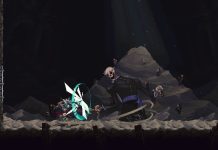
I recently stumbled on a NES game called Power Blade at a local retro game shop.
It’s hard as most games on the system tend to be, but it’s also pretty rad – so much so that I decided to research it to see if there was a sequel. Turns out there is a sequel, but the history of Power Blade itself proved to be more intriguing than I first thought.
Developed by Natsume and published by Taito, Power Blazer, as the game is known in Japan, released for the Famicom on 20th April 1990. Its counterpart Power Blade launched in North America in March 1991 and in Europe in January 1992. Now, a name change isn’t crazy in terms of localisation and is usually due to conflicting copyrights in altering territories. Many games have changed their names during localisation; a great example is Dragon Quest, which was renamed to Dragon Warrior in North America because of a pen and paper RPG similar to Dungeons and Dragons called DragonQuest.
Power Blade‘s name isn’t the astounding part, however; it’s the changes made to the actual game that interested me. It’s not like a sprite or two was altered: the whole thing was retooled from the ground up.

First of all, Power Blazer has a more cartoon approach to everything while Power Blade tries to emulate the 80’s and 90’s action films of the time. Both games take place in the future of 2191 wherein our hero, Nova, is tasked with restoring a super computer by retrieving stolen archives taken by aliens. While each representation of Nova differs, both wield a giant boomerang as a weapon. It can be upgraded via enemy drops, which can increase range, boost attack power, or give you more boomerangs to fire at once, just as a few examples. Other items, like grenades, can destroy all enemies onscreen, there are disposable power suits, and of course health pickups to keep Nova fit. Like the Mega Man series there are multiple stages – six from the start – that can be tackled in any order. Power Blazer is more linear while Power Blade offers altering paths and secrets in most areas, giving players a bigger sense of exploration.
The music remained the same across both titles, which I add on here because it’s rather catchy. Not the best soundtrack the NES has to offer, but still good.
The sequel also had some localisation changes, but to a lesser degree. In Japan it debuted as Captain Saver in September 1992, and it was released as Power Blade 2 the following month in North America. Europe never received the sequel in any form. Power Blade seemed to be the more popular of the two so Japan decided to not build upon Power Blazer, but rather just make one game and simply rename it for their region to quell bewilderment. The story this time around is about a rampaging cyborg, and gameplay remained similar to the original, with a few tweaks. For example, there are less stages to choose from at the start; bosses hand over power suits Nova can equip at will rather then just disposable ones like in the original; and it was visually more detailed.
As I alluded to in the intro these games are hard. However, you can harvest low tier enemies for power-ups to help your chances. A maxed out range for your boomerang can make all the difference. That said, this doesn’t assist with the somewhat cheap platforming sections – especially when it comes to enemies hanging out on ledges just to knock you off. Not to mention disappearing blocks – that’s always fun. The game’s checkpoint system also leaves a lot to be desired, which altogether could cause some hair loss.
While Power Blade and its sequel make a decent pair of NES games, it’s their history that’s more interesting than anything. I do recommend checking them out just to see how truly different they are. Power Blade is another curious case of bizarre localisation.

